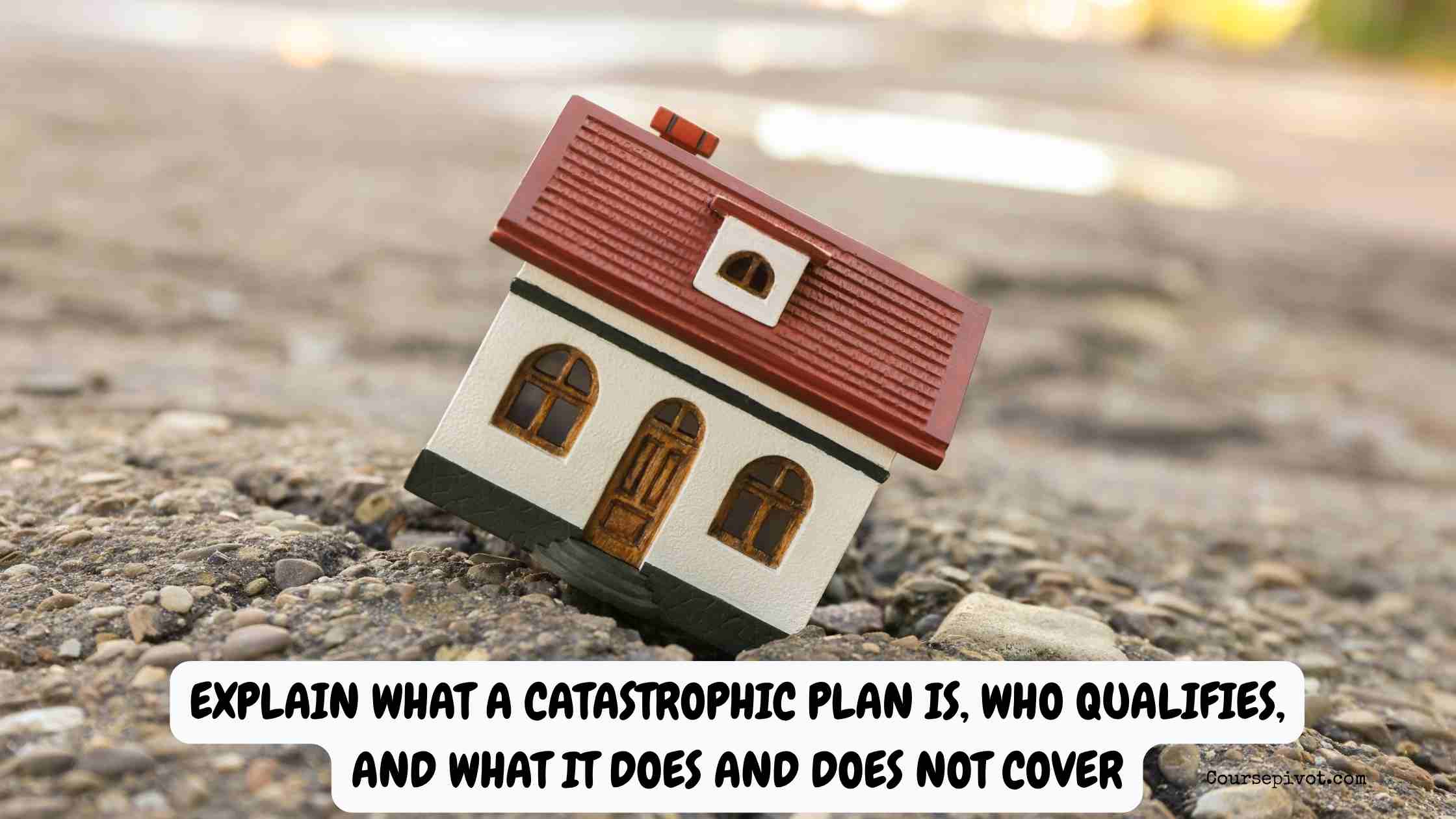
What Is a Catastrophic Plan, Who Qualifies, and What It Covers
Health insurance can be a maze, especially when you hear terms like catastrophic plan. I’ve helped friends navigate these options, puzzled by what makes these plans unique. Understanding what a catastrophic plan is, who qualifies, and what it does and does not cover is key to making informed health choices. In this article, I’ll break down five essential aspects of catastrophic plans, drawn from my own research and experiences. These insights clarify their purpose and limits. Let’s dive into catastrophic plans to see if they fit your needs.
Table of Contents
Ever wondered if a catastrophic plan could work for you? It’s not for everyone, but it has a specific role. Ready to explore five key points about catastrophic plans?
Health coverage is personal. I’ve seen people overlook plans like these, missing their benefits or pitfalls. Let’s unpack what catastrophic plans are to make them clear.
Definition of a Catastrophic Plan
A catastrophic plan is a low-premium, high-deductible health insurance option. This is the first step to understanding what a catastrophic plan is. I’ve explained this to friends as a safety net.
- High deductible. You pay a lot out-of-pocket before coverage kicks in.
- Low monthly cost. Premiums are cheaper than standard plans.
- Emergency focus. It’s designed for major medical events.
Why call it catastrophic? It covers worst-case scenarios, like accidents. It’s not for everyday care.
Read our blog on 10 Ways to Survive the Zombie Apocalypse
Who Qualifies for a Catastrophic Plan
Not everyone can enroll in a catastrophic plan. Knowing who qualifies is crucial to understanding catastrophic plans. I’ve seen strict rules catch people off guard.
- Age limit. You must be under 30 at the start of the plan year.
- Hardship exemption. Those over 30 may qualify if they can’t afford other plans.
- Marketplace only. Available through HealthCare.gov, not private insurers.
Why the restrictions? They target young, healthy people or those in financial need. This keeps costs low.
What Catastrophic Plans Cover
Catastrophic plans focus on major medical events. This is a core part of what catastrophic plans cover. I’ve compared them to a shield for big emergencies.
- Essential benefits. Hospital stays, surgeries, and emergency care are included.
- Preventive care. Free services like vaccines and screenings are covered.
- Three primary visits. You get three non-emergency doctor visits before the deductible.
Why focus on emergencies? They protect against financial ruin from big bills. They’re built for rare, costly events.
Read our blog on 10 Reasons Why You Should Not Litter
What Catastrophic Plans Do Not Cover
These plans skip many routine expenses. Knowing what catastrophic plans do not cover avoids surprises. I’ve seen people expect more than they get.
- Routine doctor visits. Beyond three visits, you pay full cost until the deductible.
- Prescriptions. Most meds aren’t covered until you hit the deductible.
- Specialist care. Non-emergency specialists are out-of-pocket.
Why so limited? Low premiums mean less coverage for daily needs. It’s a trade-off for affordability.
Financial Implications
Catastrophic plans have high out-of-pocket costs but cap your losses. This is a vital aspect of what a catastrophic plan is. I’ve weighed these costs for budget-conscious friends.
- High deductible. Often $8,000+ before full coverage starts.
- Out-of-pocket max. Once reached, all covered services are free.
- No subsidies. Premium tax credits don’t apply to these plans.
Why consider the costs? They’re cheap upfront but risky if you need care. Budgeting is key.
- Read our blog on How You Can Avoid Spreading Invasive Plant Species
What’s Next for You
Understanding what a catastrophic plan is, who qualifies, and what it does and does not cover clears up a tricky topic. I’ve seen friends make smarter choices once they grasped these details. These five aspects—definition, eligibility, coverage, exclusions, and costs—show if a catastrophic plan fits your life. It’s a niche option, perfect for some but not all. Will you overlook this plan, or see if it’s your safety net?
Here’s how to proceed:
- Check eligibility. Confirm your age or hardship status on HealthCare.gov.
- Assess health needs. Consider if you can handle high deductibles.
- Compare plans. Look at other Marketplace options for balance.
Catastrophic plans are a unique tool. They’re not perfect, but they can save you in a crisis. Start exploring today to find the right health coverage.
Cite this article
You can copy and paste your preferred citation format below.
Martin, L. & Arquette, E.. (2025, May 29). What Is a Catastrophic Plan, Who Qualifies, and What It Covers. Coursepivot.com. https://coursepivot.com/blog/explain-what-a-catastrophic-plan-is-who-qualifies-and-what-it-does-and-does-not-cover/



